Hey there! Have you ever wondered if you can integrate your home security system with other smart home devices? Well, you’re in luck because today we’re going to explore exactly that topic!
In this article, we’ll be diving into the world of smart homes and how you can seamlessly connect your home security system with other smart devices. Whether you’re interested in integrating your security system with your smart speakers, lights, or even your thermostat, we’ve got you covered. We’ll discuss the benefits of integrating your devices, the different options available, and how you can get started. So, if you’re ready to make your home even smarter and more secure, keep reading to learn more!
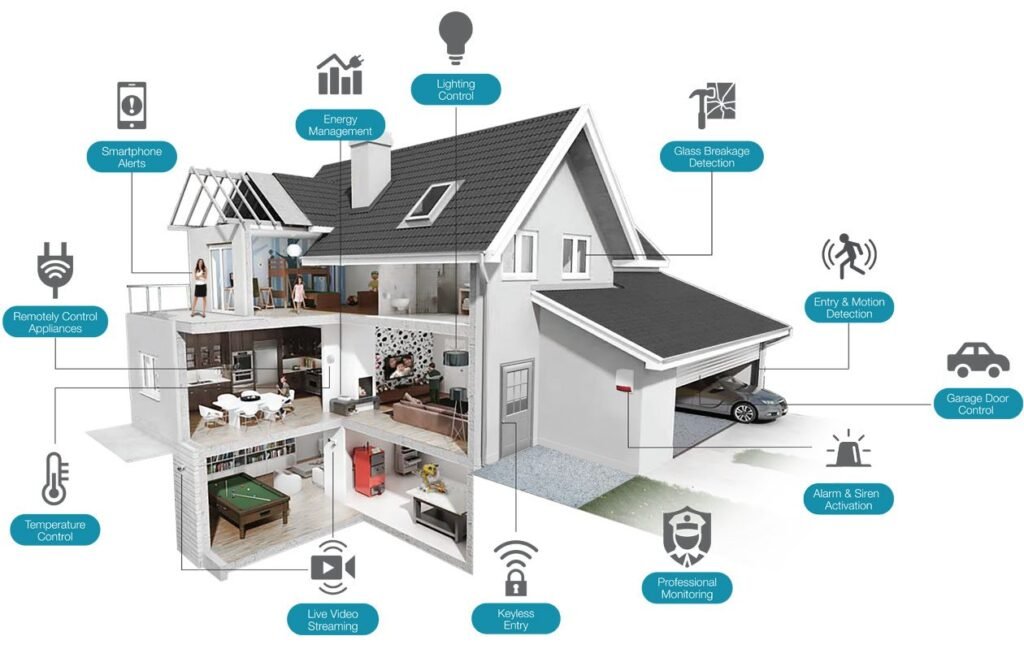
This image is property of smarthomeworks.com.au.
Introduction to Home Security Systems and Smart Home Devices
In today’s rapidly advancing world, technology has become an integral part of our lives, even in our homes. Home security systems and smart home devices offer homeowners a greater sense of security, convenience, and control. But you may be wondering, can I integrate my home security system with other smart home devices? The answer is yes! In this article, we will explore the compatibility, methods of integration, steps to integrate, benefits, challenges, and future trends of integrating home security systems with other smart home devices.
What are home security systems?
Home security systems are designed to protect your home and loved ones from potential threats such as burglaries, fires, and even medical emergencies. These systems typically include various components such as security cameras, motion sensors, door/window sensors, smoke detectors, and alarm systems. Home security systems can be monitored and controlled remotely using a smartphone or computer, providing homeowners with peace of mind even when they are away.
What are smart home devices?
Smart home devices, also known as home automation devices, are electronic devices that can be connected to the internet and controlled remotely. These devices can perform a wide range of functions, such as controlling lighting, temperature, appliances, and even locking and unlocking doors. Common smart home devices include smart speakers, thermostats, lights, door locks, cameras, and appliances. The beauty of smart home devices lies in their ability to communicate and work together seamlessly, creating a connected and automated home environment.
Benefits of integrating home security systems with smart home devices
Integrating your home security system with other smart home devices can offer numerous benefits. Firstly, combining these technologies allows for enhanced security and monitoring capabilities. For example, you can receive real-time notifications on your smartphone when your security cameras detect motion or your door/window sensors are triggered. This allows you to quickly assess any potential threats and take appropriate action.
Secondly, integrating home security systems with smart home devices offers convenience and ease of use. With a single app or voice command, you can control and monitor various aspects of your home, from arming and disarming your security system to adjusting the temperature and turning off lights. This eliminates the need to switch between multiple apps or manually control each device, saving you time and effort.
Lastly, integrating home security systems with smart home devices can contribute to energy efficiency and cost savings. For example, you can program your smart thermostat to adjust the temperature based on occupancy and time of day, ensuring optimal energy usage. Additionally, you can remotely control your lights and appliances, reducing energy wastage when they are not needed. These energy-saving features can result in lower utility bills and a smaller carbon footprint.
Compatibility of Home Security Systems and Smart Home Devices
Before diving into the process of integration, it is important to understand the compatibility between different brands and types of home security systems and smart home devices.
Compatibility between different brands of home security systems and smart home devices
One of the main challenges in integrating home security systems with smart home devices is compatibility between different brands. Ideally, you would want to choose devices from the same brand or ecosystem to ensure seamless integration. Different brands may use different communication protocols or have proprietary systems that are not compatible with each other. However, some brands offer compatibility with third-party devices through open standards such as Zigbee or Z-Wave. It is important to research and choose devices that are known to be compatible with your home security system.
Compatibility between different types of home security systems and smart home devices
Compatibility can also vary between different types of home security systems and smart home devices. For example, not all security cameras are compatible with smart displays, or not all door/window sensors can be integrated with smart locks. It is crucial to ensure that the devices you choose are specifically designed to work together. This information can usually be found on the manufacturer’s website or product documentation.
Factors to consider for successful integration
Aside from compatibility, there are several factors to consider for successful integration of your home security system with other smart home devices. These include the wireless range of the devices, the availability of a central hub or automation platform, and the ease of setup and configuration. Additionally, it is important to consider any ongoing support, firmware updates, and scalability of the devices, as you may want to expand your smart home ecosystem in the future.
Methods of Integration
Now that you understand the compatibility aspects, let’s explore the different methods of integrating your home security system with other smart home devices.
Using a central hub
A central hub is a device that acts as a central control point for all your smart home devices. It allows you to connect and control multiple devices from different brands or ecosystems using a single app or interface. Some popular examples of central hubs include Samsung SmartThings, Amazon Echo Plus, and Google Nest Hub. To integrate your home security system with a central hub, you would typically need to install and configure the hub, then add and authenticate each device through the hub’s app or interface.
Using a smart home automation platform
Alternatively, you can use a smart home automation platform to integrate your home security system with other smart home devices. Automation platforms such as IFTTT (If This Then That) and Home Assistant allow you to create custom automation rules and triggers between different devices. For example, you can create a rule that automatically turns on your smart lights when your security cameras detect motion. These platforms often provide more advanced customization options but may require some technical knowledge to set up.
Using a security system provider’s app
Some security system providers offer their own apps or platforms that allow integration with other smart home devices. These apps are specifically designed to work seamlessly with their security systems and may provide additional features for integration. For example, a security system provider may offer integration with smart locks, allowing you to remotely lock and unlock your doors through their app. If you already have a security system in place, it is worth checking if your provider offers any integration options.
Steps to Integrate Home Security System with Smart Home Devices
Now that you have chosen a method of integration, let’s walk through the general steps to integrate your home security system with smart home devices.
Step 1: Assess compatibility between devices
Before purchasing any smart home devices, it is important to assess their compatibility with your home security system. Check the manufacturer’s website, product documentation, or consult with the manufacturer’s support team to ensure compatibility. This step is crucial to avoid any compatibility issues during the integration process.
Step 2: Set up the central hub or automation platform
If you are using a central hub or automation platform, follow the manufacturer’s instructions to set up and configure the device. This usually involves connecting the device to your home Wi-Fi network and creating an account with the manufacturer. Once set up, ensure that the hub or platform is online and ready to connect with other devices.
Step 3: Connect the devices to the hub or platform
Next, follow the manufacturer’s instructions to connect your smart home devices to the central hub or automation platform. This process may involve scanning QR codes, pressing buttons, or entering authentication codes. It is important to follow the specific instructions for each device to ensure successful connection.
Step 4: Configure settings and customize automation rules
Once all your devices are connected, you can configure settings and customize automation rules according to your preferences. For example, you can set up specific actions to occur when certain triggers are detected, such as turning on lights when the security system is armed. Take some time to explore the features and capabilities of the hub or platform to make the most out of your integrated smart home system.
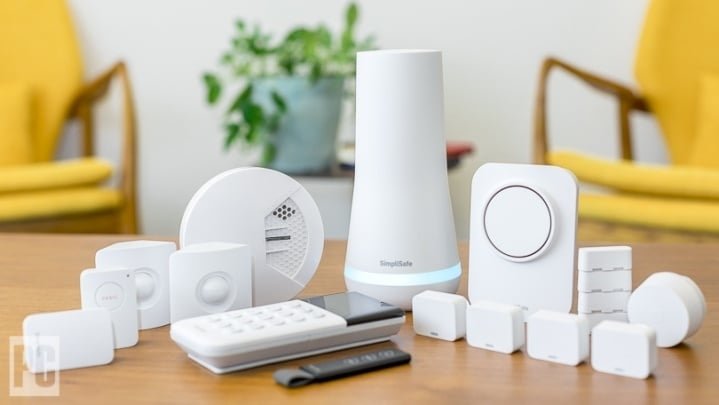
This image is property of i.pcmag.com.
Commonly Integrated Home Security Systems and Devices
Now that you know how to integrate your home security system with other smart home devices, let’s explore some common integration scenarios.
Integrating security cameras with smart displays
One popular integration is between security cameras and smart displays. With this integration, you can view the live feed from your security cameras directly on your smart display. Additionally, you can use voice commands to control and manage your security cameras. For example, you can ask your smart display to show you the camera feed from the front door or backyard.
Integrating door/window sensors with smart locks
Another useful integration is between door/window sensors and smart locks. By integrating these devices, you can automatically lock and unlock your doors based on the status of your security system or the opening/closing of doors or windows. For example, you can set up a rule that automatically locks all doors when the security system is armed or unlocks the front door when a motion sensor is triggered.
Integrating alarm systems with voice assistants
Integrating alarm systems with voice assistants such as Amazon Alexa or Google Assistant allows you to control and monitor your security system using voice commands. You can arm and disarm your security system, check the status of various sensors, and receive real-time updates simply by speaking to your voice assistant.
Benefits of Integrating Home Security Systems with Smart Home Devices
Now that you are familiar with the integration process and common integration scenarios, let’s explore the benefits of integrating home security systems with smart home devices.
Enhanced security and monitoring capabilities
Integrating your home security system with other smart home devices enhances your overall security and monitoring capabilities. With real-time notifications and live feeds, you can quickly respond to any potential threats and take appropriate action. This level of vigilance helps deter potential burglars and provides peace of mind for homeowners.
Convenience and ease of use
Integrating your home security system with other smart home devices offers convenience and ease of use. With a single app or voice command, you can control and monitor multiple aspects of your home. This eliminates the need for multiple apps or manual control, saving you time and effort. Additionally, automation rules can be set up to perform routine tasks automatically, further enhancing convenience.
Energy efficiency and cost savings
Integrating your home security system with smart home devices contributes to energy efficiency and cost savings. By automating the control of lights, thermostats, and appliances, you can ensure optimal energy usage and reduce energy wastage. This can result in lower utility bills and a smaller carbon footprint, making your home more sustainable.
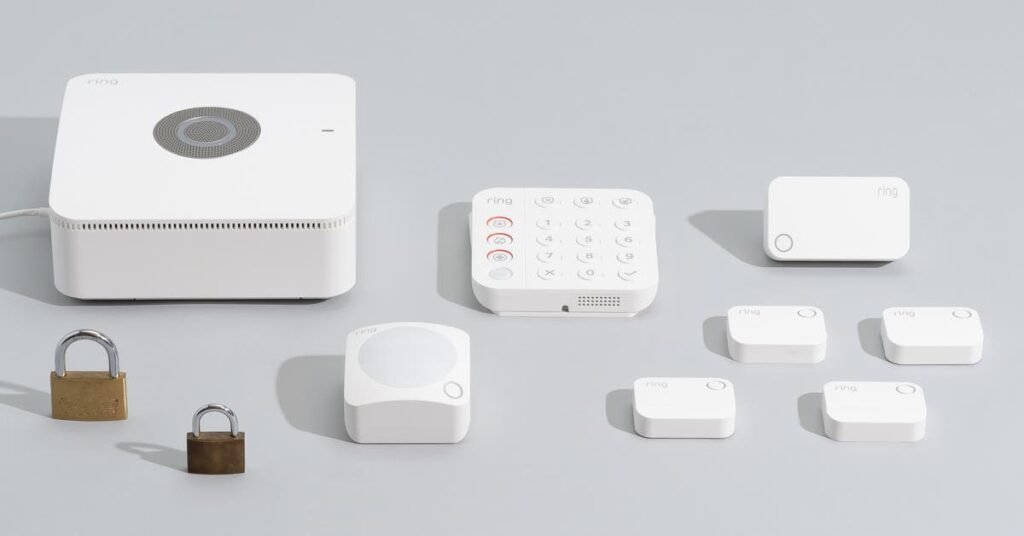
This image is property of cdn.thewirecutter.com.
Challenges and Limitations of Integration
While there are numerous benefits to integrating home security systems with other smart home devices, there are also some challenges and limitations to be aware of.
Lack of compatibility between devices
As mentioned earlier, compatibility between devices from different brands can be a challenge. You may encounter compatibility issues or limitations when attempting to integrate devices that are not designed to work together. Therefore, it is important to research and choose devices that are known to be compatible with your home security system.
Complex setup process
The setup process for integrating home security systems with smart home devices can be complex, especially for those who are new to smart home technology. It may require reading through product documentation, following specific instructions, and troubleshooting any issues that may arise. It is important to be patient and take the time to understand the setup process to ensure successful integration.
Privacy and data security concerns
Integrating your home security system with other smart home devices may raise privacy and data security concerns. It is crucial to research and choose devices from reputable manufacturers that prioritize user privacy and have robust security measures in place. Regularly updating firmware and software is also important to ensure that any security vulnerabilities are addressed promptly.
Tips for Successful Integration
To ensure a successful integration of your home security system with other smart home devices, consider the following tips:
Choose devices from the same brand or ecosystem
When possible, choose devices from the same brand or ecosystem to ensure seamless integration. This reduces the risk of compatibility issues and simplifies the setup process.
Ensure firmware and software updates are regularly performed
Regularly check for firmware and software updates for your home security system and smart home devices. These updates often address security vulnerabilities, improve compatibility, and introduce new features.
Follow manufacturer’s instructions for integration
Carefully read and follow the manufacturer’s instructions for integrating your home security system with other smart home devices. Each device may have specific requirements and processes that need to be followed for successful integration.
Seek professional assistance if needed
If you are unsure or overwhelmed by the integration process, consider seeking professional assistance. Many companies and professionals specialize in smart home technology and can provide guidance and support.
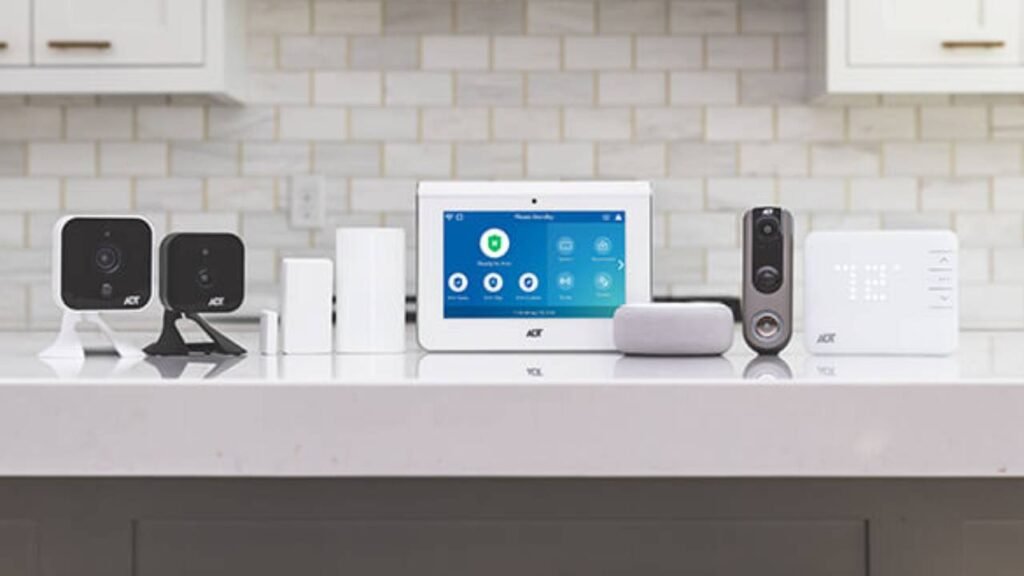
This image is property of independent.jppadmin.com.
Future Trends in Integration
As technology continues to advance, the integration of home security systems with other smart home devices is expected to become even more seamless and advanced. Here are some future trends to watch out for:
Increased interoperability between brands
In the future, we can expect increased interoperability between different brands and ecosystems. More companies are recognizing the importance of compatibility and are working towards creating open standards and protocols that allow devices to work together seamlessly.
Integration with artificial intelligence and machine learning algorithms
Artificial intelligence (AI) and machine learning algorithms have the potential to revolutionize the integration of home security systems with other smart home devices. These technologies can analyze data from various sensors and devices, making intelligent decisions and automating actions based on user preferences and patterns.
Expanded range of integrated devices
In the future, we can expect an expanded range of integrated devices, including those specifically designed for home security. For example, we may see more advanced security cameras with built-in AI capabilities, or smart locks that can be seamlessly integrated with various security systems.
Conclusion
Integrating your home security system with other smart home devices offers numerous benefits, including enhanced security, convenience, and energy efficiency. By following the proper steps, considering compatibility, and utilizing the right methods of integration, homeowners can enjoy a seamlessly connected and automated smart home. As technology continues to advance, we can look forward to even more advanced integration options and exciting possibilities in the future. So go ahead, explore the world of smart home technology and create a safe, convenient, and energy-efficient home environment for you and your loved ones.
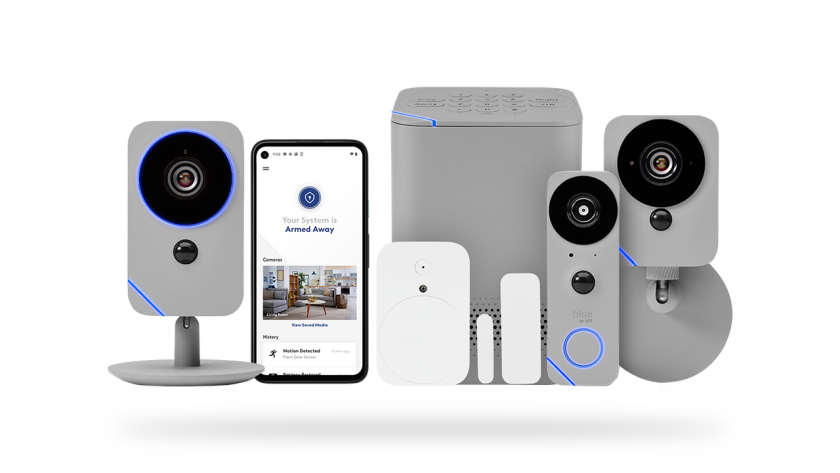
This image is property of i.pcmag.com.
